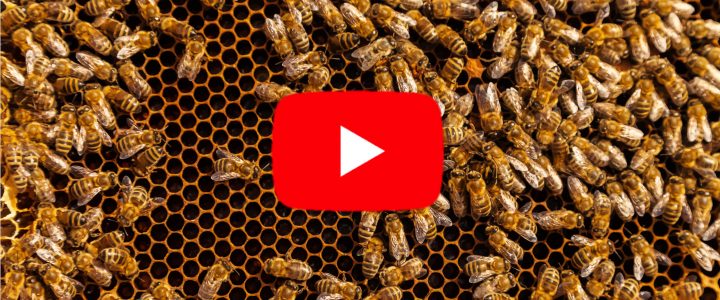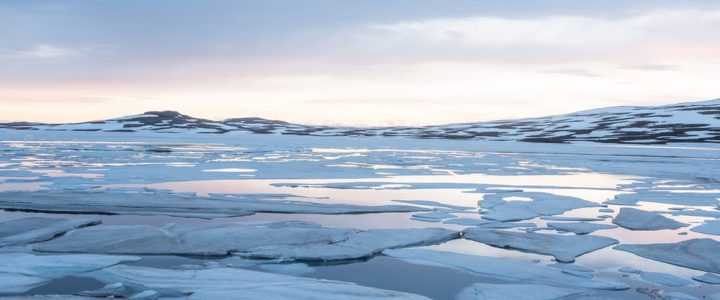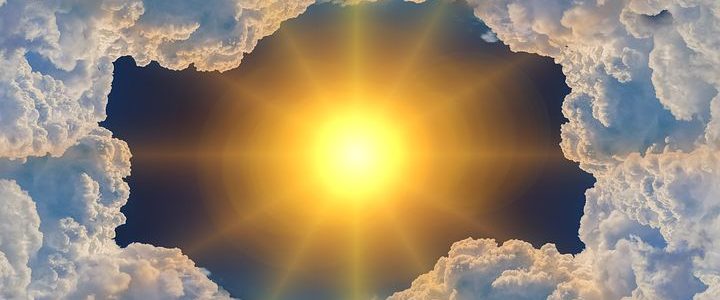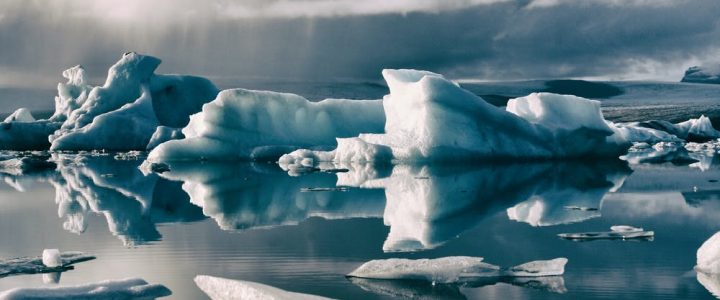Plastics, and particularly single-use plastics, had been starting to decline in popularity all over the world. More and more countries have been introducing bans on plastic bags, plastic straws, plastic cutlery and so on, like France, Australia, England, 15 countries in Africa, China (who banned bags thinner than 35 microns in 2008, and are now going all in on plastic bags) and 8 states in the Unites States. But then 2020 came along, bringing COVID-19. Suddenly, here was an opportunity for purveyors of plastic to sneak the product back in front of us, under the guise of public health and safety. But is this based on science, or is it merely opportunistic fear mongering? We lay out some evidence and advice, and dispute some cheap tactics.
Read moreThe Unwanted Renaissance of Single-Use Plastics







